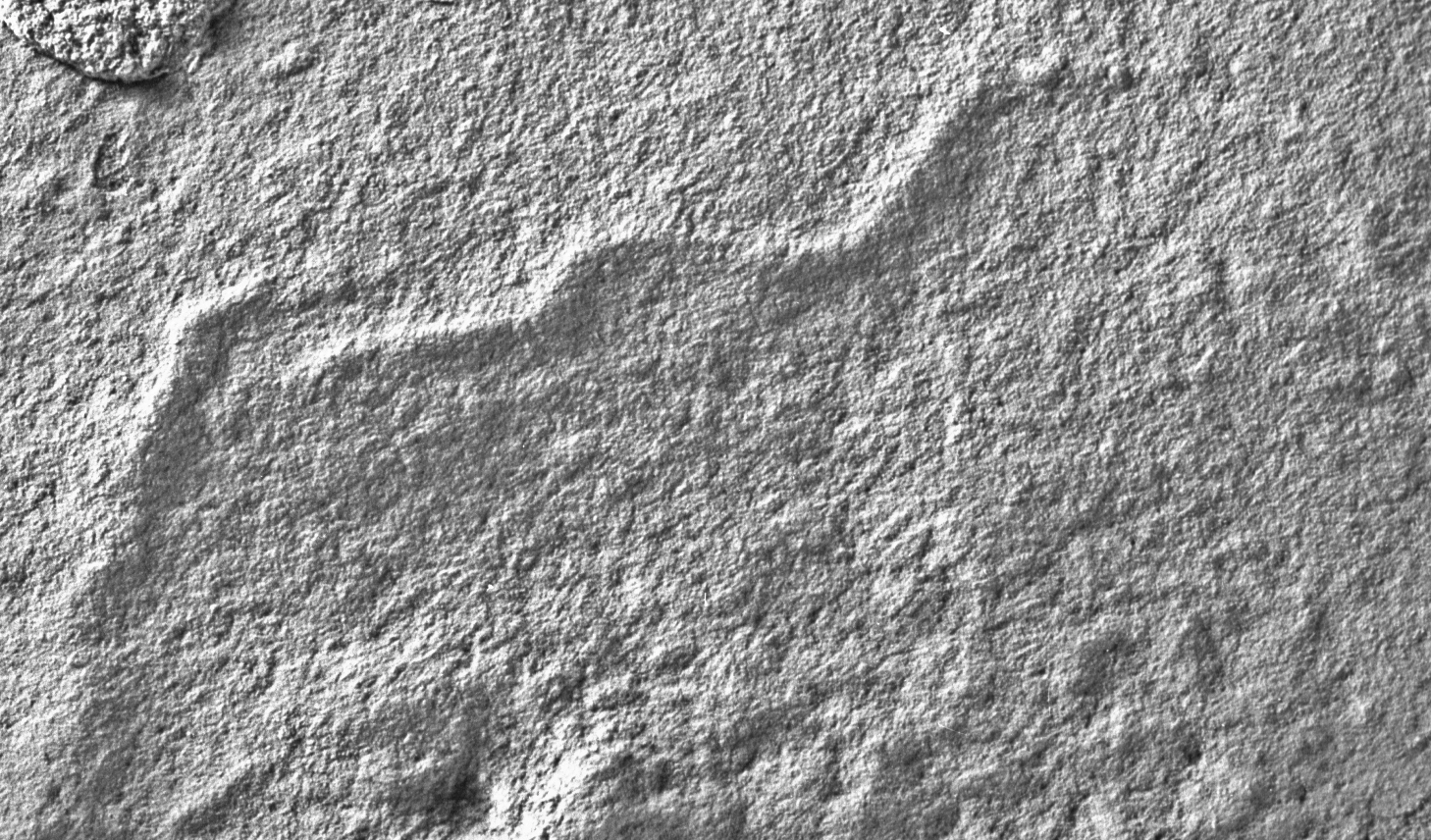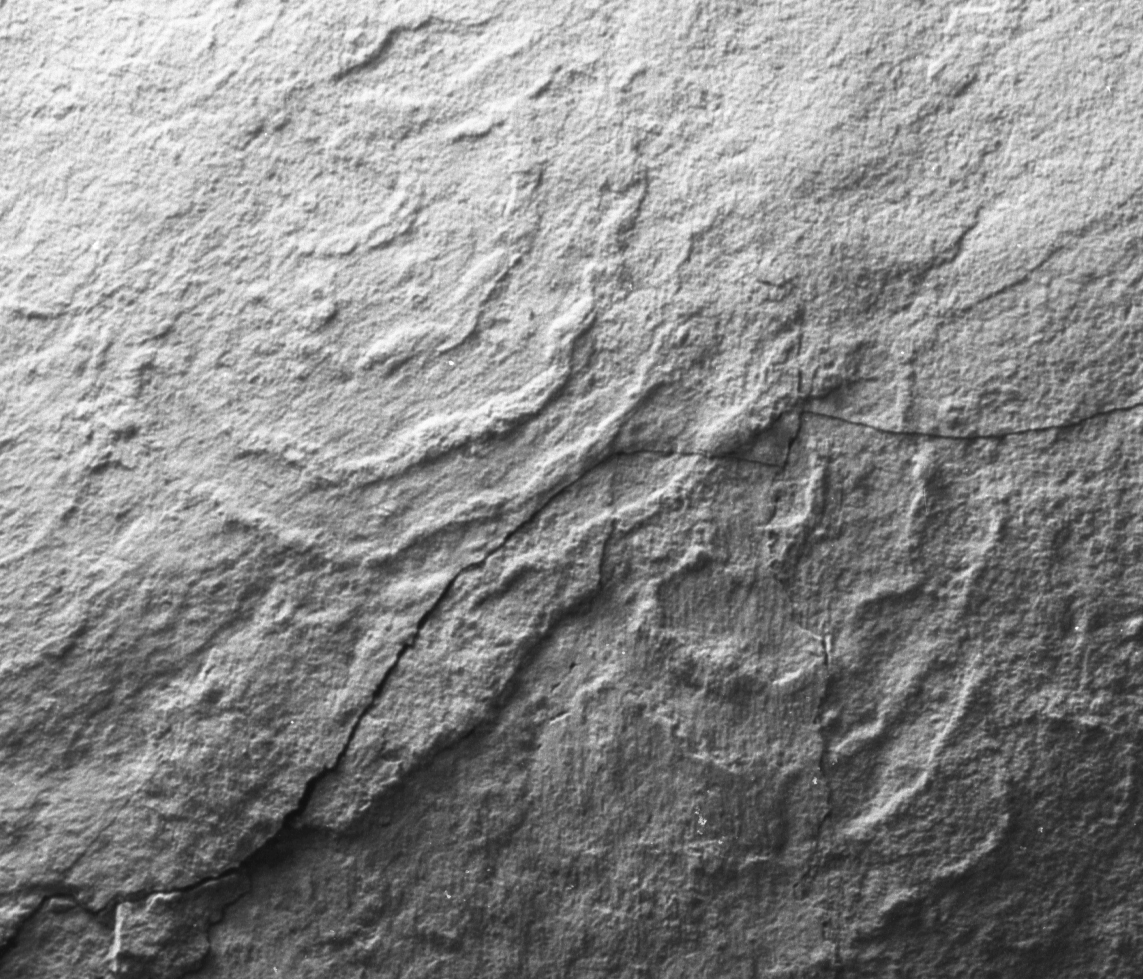Fossils from the Llangynog Inlier of south Wales have been dated with unprecedented accuracy. As these fossils represent some of the oldest specimens of large multicellular life and match those from other parts of the world, this dating helps narrow down the point when life transformed from something we could barely see into an abundance of complex life.
As humanity explores more worlds it is quite possible we will learn that it is not having life that makes Earth distinctive, but having complex multicellular life. After all, life appeared on Earth almost as soon as the planet was cool enough to allow it, suggesting it might not be that hard to achieve. Multicellular life took another three and a half billion years.
If so, the so-called Avalon assemblage, when large curious creatures start appearing in the fossil record all across the planet, could be one of the outstanding events not just of Earth, but of the galaxy. New research has helped reveal when it happened, and something of the cause.
“These creatures would in some ways resemble modern day marine species such as jellyfish, yet in other ways be bizarre and unfamiliar. Some appear fern-like, others like cabbages, whereas others resembled sea pens,” Curtin University PhD student Anthony Clarke said in a statement.

The Ediacaran fossils contain many species that look like nothing today, but wormlike shapes, such as this one from the site never go out of fashion.
Image Credit: Curtin University
We have found little gradual lead-up to this abundance. Not long before, the only life that would have been visible without a microscope would have been colonies of tiny organisms like stromatolites. Relatively simple discs and microbial matting appeared in deeper waters a few million years earlier, but then suddenly the Avalon species turned up at similar times in different parts of the world.
That makes determining the timing of the event important if we want to know what caused it. Similar fossils have been found to have a maximum age of 564.13 ± 0.65 million years ago, but on their own, we can’t tell if these were the first.
Carbon dating is not remotely capable of measuring timing this old. The strata in which these fossils, known as Ediacaran Biota after the hills in which they were first found, usually lack good alternatives. Sometimes, however, volcanic eruptions lend their assistance. Layers of ash can be dated much more accurately, and if they lie either above or below – and preferably both – a fossil deposit, we have a much better idea of its timing.
A volcanic formation sits at the center of the Llangynog Inlier. Zircon crystals, beloved of geologists for their easiness to date, and rutile are found in layers containing Ediacaran fossils. By dating both, Clarke and coauthors obtained dates of 564.09 ± 0.70 million years ago, confirming these species bloomed in different parts of the world at closely matching times.
The Llangynog Inlier; “Contains the richest occurrence of shallow marine life in Britain,” Clarke said. “We used outfall from an ancient volcano that blanketed the animals as a time marker to accurately date the fossils to 565 million years, accurate down to 0.1 per cent.”

All that’s left is imprints, making it hard to tell the nature of whatever species is represented here.
Image Credit: Curtin University
“These fossils were found in the late 70s and have gone undated. This is using exciting techniques to apply to small outcrops.”
The more places we find the same dates for similar fossils, the more confident we can be that they appeared, and disappeared, at around the same time, despite what Clarke admits is a very patchy fossil record.
Clarke notes these dates place the appearance of these comparatively large, complex species almost immediately after the end of the Snowball Earth era, when almost the entire planet was covered in ice. The flux of nutrients washed into the oceans by glaciers scraping over rocks has been proposed as a reason for how these lifeforms were suddenly able to flourish.
However, Clarke says it’s not the only thing that was happening at the time. “There were massive changes in ocean chemistry,” he told IFLScience. “Iron levels dropped, and oxygen levels shot up. There were also changes in continental thrust. Some researchers propose these were linked [to biological developments]. Britain at the time was near the equator and drifted north. There was a chain of volcanic island that put zircons into the atmosphere and fortunately for us they rained out and allowed us to identify when the species died. The deaths were probably associated with gasses released by these eruptions.”
The study is published in the Journal of the Geological Society.
Source Link: 565-Million-Year-Old Fossils Capture Key Event In Earth's Evolutionary History